Mr. Ho Van Thang with a string of small fish caught - Photo: SH
Afternoon. I followed Ho Van Thang and Ho Van Khay in Trang Ta Puong village (Huong Viet commune, Huong Hoa district) through many rocky beaches to find the deep water sections of Ta Puong stream, an ideal habitat for cool fish, with the luggage I brought along: a sharp net, a crossbow with iron arrows and diving goggles.
Coming to a deep stream sheltered by the forest canopy, Mr. Thang stopped and showed me schools of small fish swimming happily in the clear blue water... Mr. Thang quickly jumped into the water to spread the sharp net in many circles around the stream. Once he had finished spreading the net, he went ashore to find a large tree branch about 1 - 1.5 m long and continued down to the stream, using the branch to poke into the crevices of the rocks deep in the stream where the fish were hiding.
Seeing the movement, many small fish swam out of the cave and got caught in the net. While Mr. Thang was fishing with a net, Mr. Khay put on diving goggles to dive into the water and used a crossbow to shoot fish in the crevices of the rocks under the stream.
Just diving in Ta Puong stream until the sun gradually disappeared behind the undulating mountains, both of them started to pack up their nets and diving goggles to return to the village. On the way, Mr. Thang said that in the past, they only needed to go to the streams around Trang Ta Puong village or along Ta Puong stream to cast nets and cast nets to catch dozens of kilos of various types of fish.
But in recent years, people in many villages have used electric shock to catch fish indiscriminately, so fish, crabs, and frogs have gradually become depleted. Like today, we have to go upstream Ta Puong stream for nearly 2-3 km to catch a few small fish. Now, to catch big fish, we have to use flashlights to catch them at night.
When darkness fell over the village, Mr. Thang and I, with flashlights and sharp nets, quietly followed a stretch of hill and then down to the stream to start the journey upstream of Ta Puong stream to catch catfish. The first stop was a section of stream about 4-5 km from Trang Ta Puong village with rocky beaches and many deep pools. Mr. Thang said that catfish is considered a "specialty" because this type of fish is only found in the upper reaches of some rivers such as Dakrong, Se Pon, Se Bang Hieng in Dakrong and Huong Hoa districts.
The largest catfish is about the size of three adult fingers (weighing 0.5 - 0.7 kg), with 6 black dots and light pink scales on its body. This fish lives in crevices, underground caves under rivers, streams or where waterfalls flow rapidly. Large catfish usually feed at night. When it gets dark, schools of catfish follow each other to eat insects on the water surface or eat algae clinging to rocks... until dawn the next day when they swim back to their hiding place.
To catch a lot of cool fish, you have to choose the night time to be effective, but during the day, the fish hide in underground caves and crevices, to catch them you have to use a crossbow. The name cool fish is unknown, but according to many people, because cool fish live in crevices under rivers and streams, and their meat is "cool", so people named it that.
He assigned me to sit on a rock and use a flashlight to illuminate the stream. Thang, holding a sharp net, waded into the puddle and swam, spreading the net horizontally and vertically around the puddle. After dropping the sharp net, he went ashore and waited for about an hour before wading back down to pull the net up. The work of spreading the net for fresh fish was repeated like that, the only difference was that the net had to be moved from one puddle or rock crevice to another.
For the Van Kieu ethnic people, there is no fish as delicious as the mam fish. People here prepare many dishes from this fish, but the most delicious is still the dish of mam fish without guts (mam fish intestines are moss green, taste bitter and sweet on the tip of the tongue) grilled over hot coals. Just choose mam fish as big as three fingers, wash them and use a small knife to make a few cuts on the body.
Before grilling, the fish will be marinated with a little salt, MSG, and minced lemongrass for 15-20 minutes. When the charcoal is red hot, the fish will be placed neatly on the grill and turned every 4-5 minutes until the fish is cooked. Breaking each piece of grilled fish into your mouth will help you feel the delicious, fatty taste until the last piece.
The Van Kieu and Pa Ko ethnic groups also have another unique dish made from the cool fish, which is cheo cool fish. When the cool fish is caught, it will be gutted to clean the intestines, and the layer of moss and algae on the fish's body and gills will be thoroughly washed. Then, bamboo sticks that have been split into small pieces and sharpened at one end are used to pierce the fish into strings (each string of cool fish usually ranges from 5-10 fish, depending on the size of the fish) and then hung on the kitchen rack.
After a few weeks, the fish is dried enough on the stove, people take it down to process into cheo. The way to make cheo ca mat is quite simple, just peel off the dry yellow scales and separate the bones, discard the fish head, take the meat of the fish mat. Put all the fish mat meat with dried chili, salt, MSG into a wooden mortar, pound evenly until the fish meat is loose, the flavors are mixed together, and taste is good. The cheo ca mat dish will be more flavorful if you add bamboo shoots, a little wild pepper and grilled eggplant (a small eggplant with green color and small white spots, grown in the fields).
This is a type of dried food that the Van Kieu and Pa Ko ethnic groups use for storage in case there is no fresh food or to bring along with sticky rice when going to the fields. Because the Van Kieu and Pa Ko ethnic groups rarely eat everything they have, they usually save it and wait until the famine season or the cold rainy season to eat it. Particularly in Trang Ta Puong village, after being caught, the cool fish will be purchased at a price of 300 - 400 thousand VND/kg to serve tourists when they come to visit the waterfall.
After midnight, Mr. Thang and I returned to Trang Ta Puong village after a night of diving in Ta Puong stream. He kept the batch of Onychostoma gerlachi that he caught that night to sell to traders the next morning. Onychostoma gerlachi has the scientific name of Onychostoma gerlachi, or in other regions it is called pea khinh, pa khinh, ca nien... Although it has many different names, the nutritional value and delicious taste of Onychostoma gerlachi has become a unique dish that tourists choose to enjoy when coming to Ta Puong waterfall.
Sy Hoang
Source: https://baoquangtri.vn/san-ca-mat-o-suoi-ta-puong-193217.htm


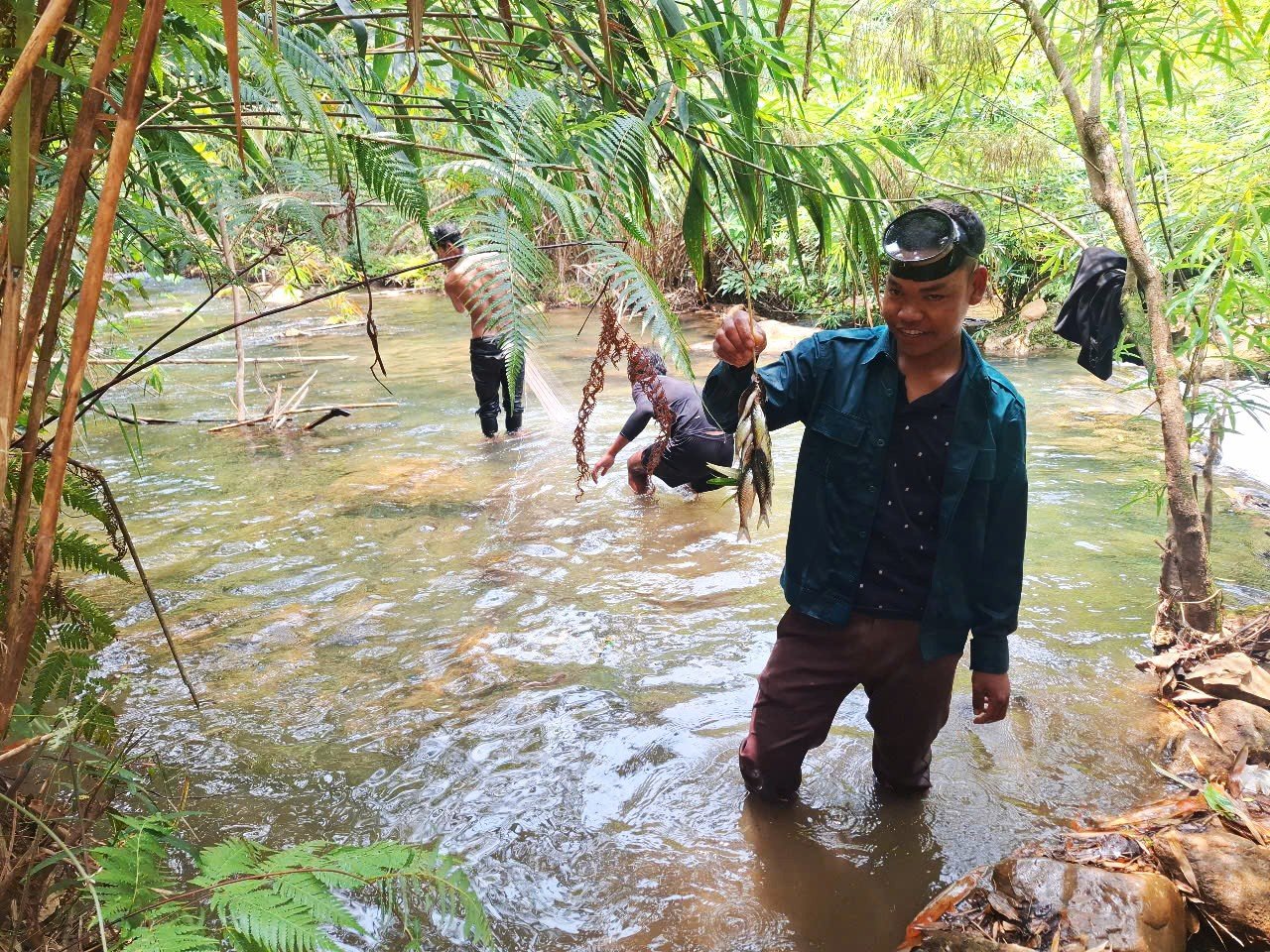











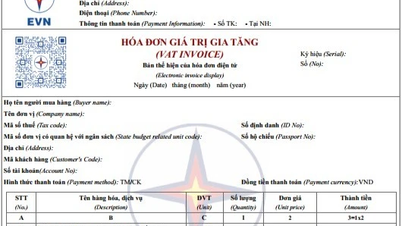
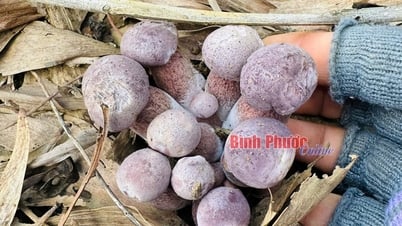

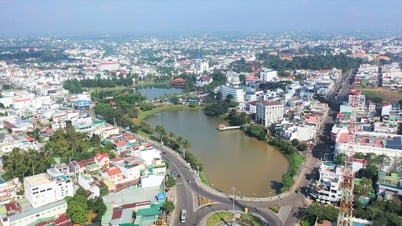



























































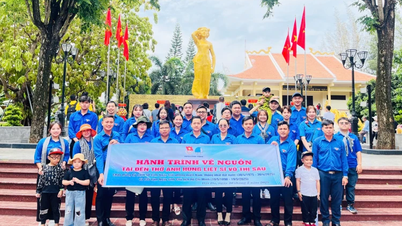

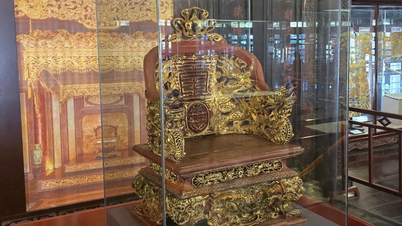















Comment (0)